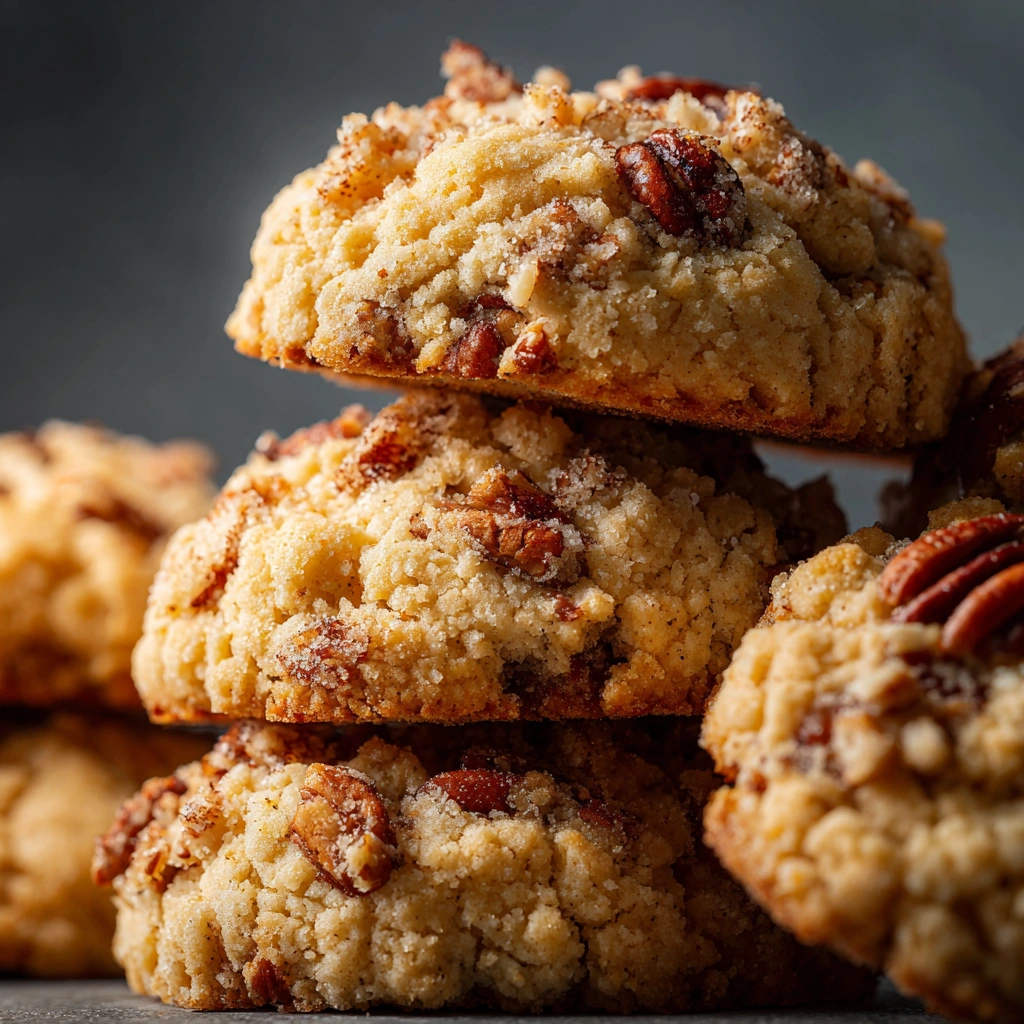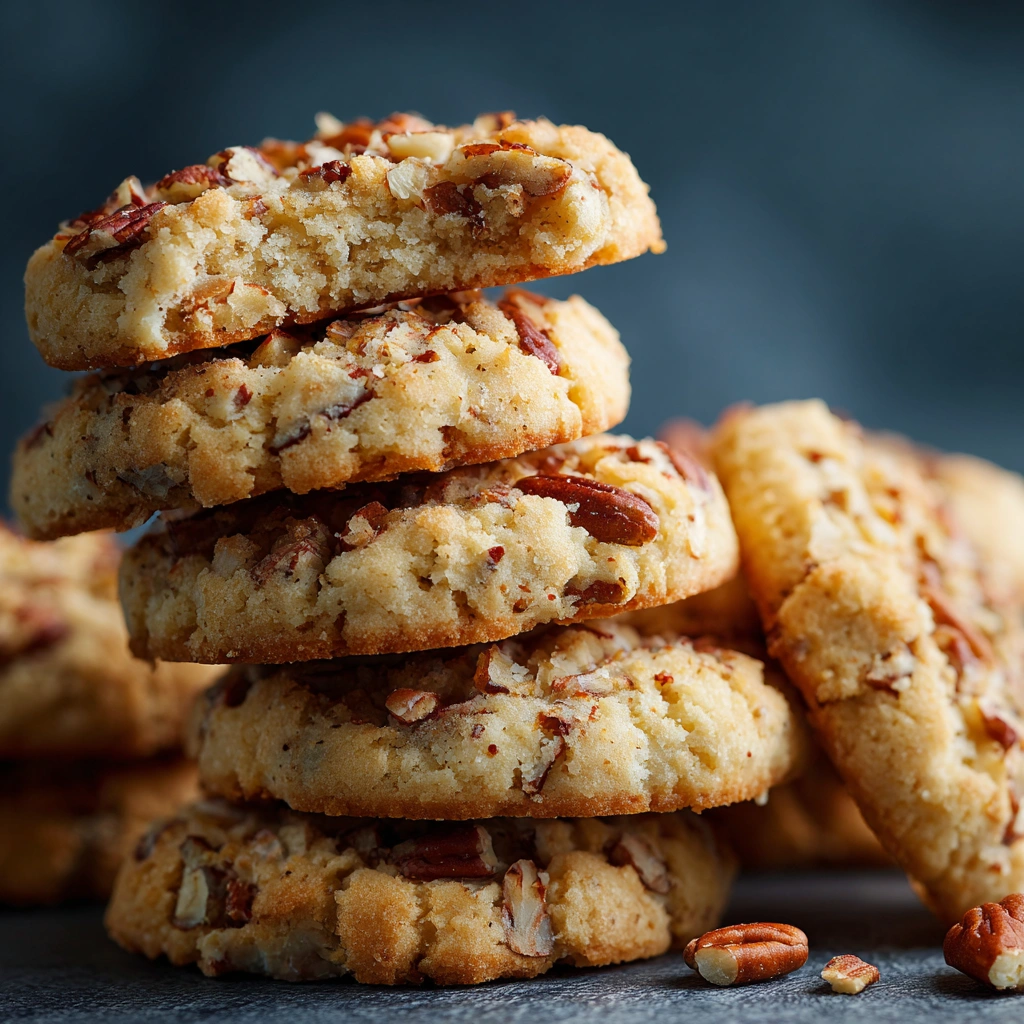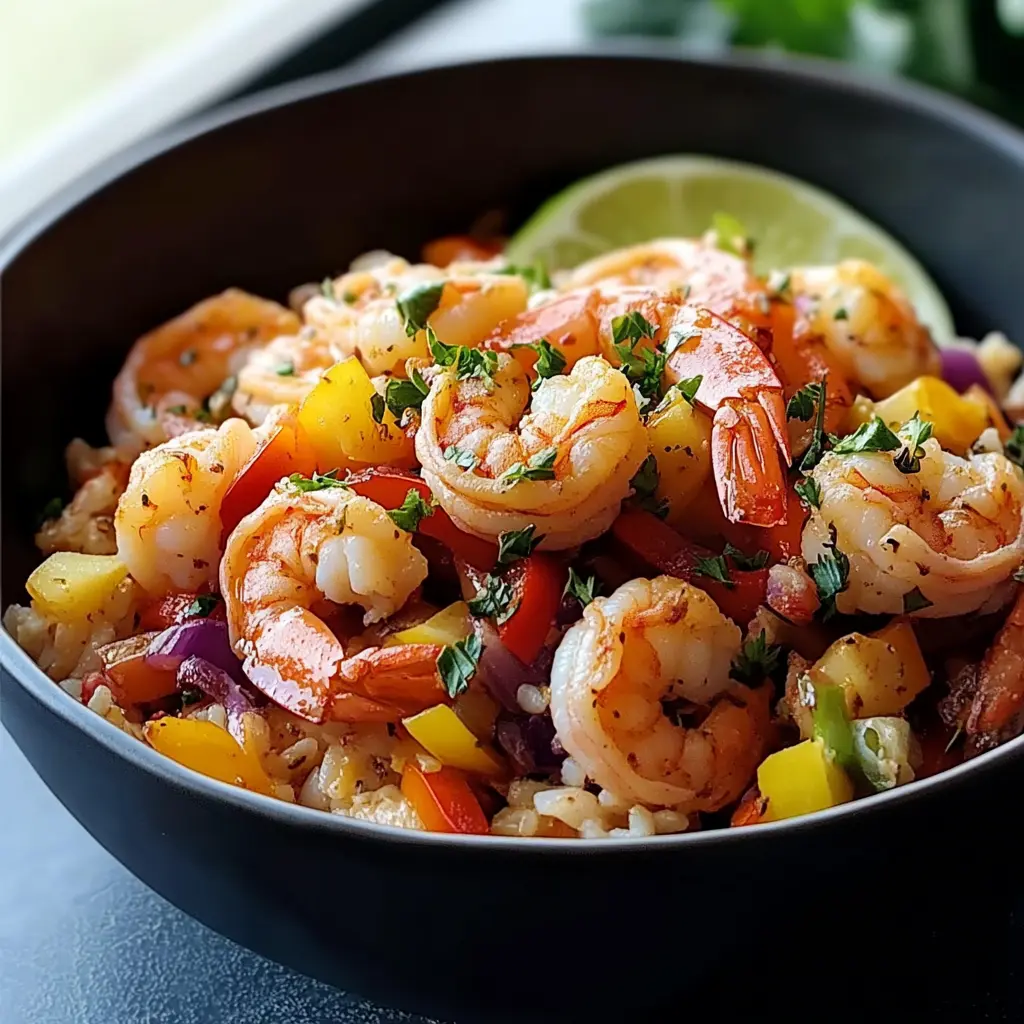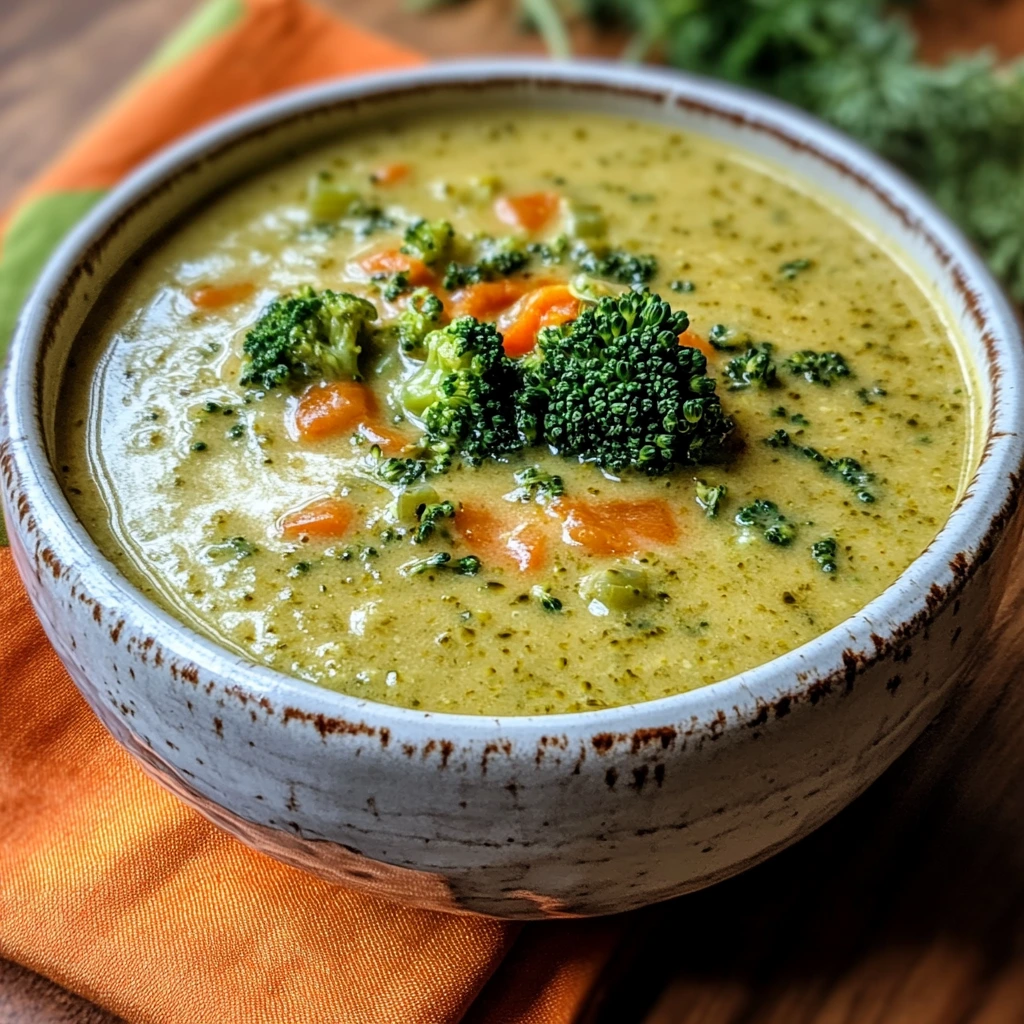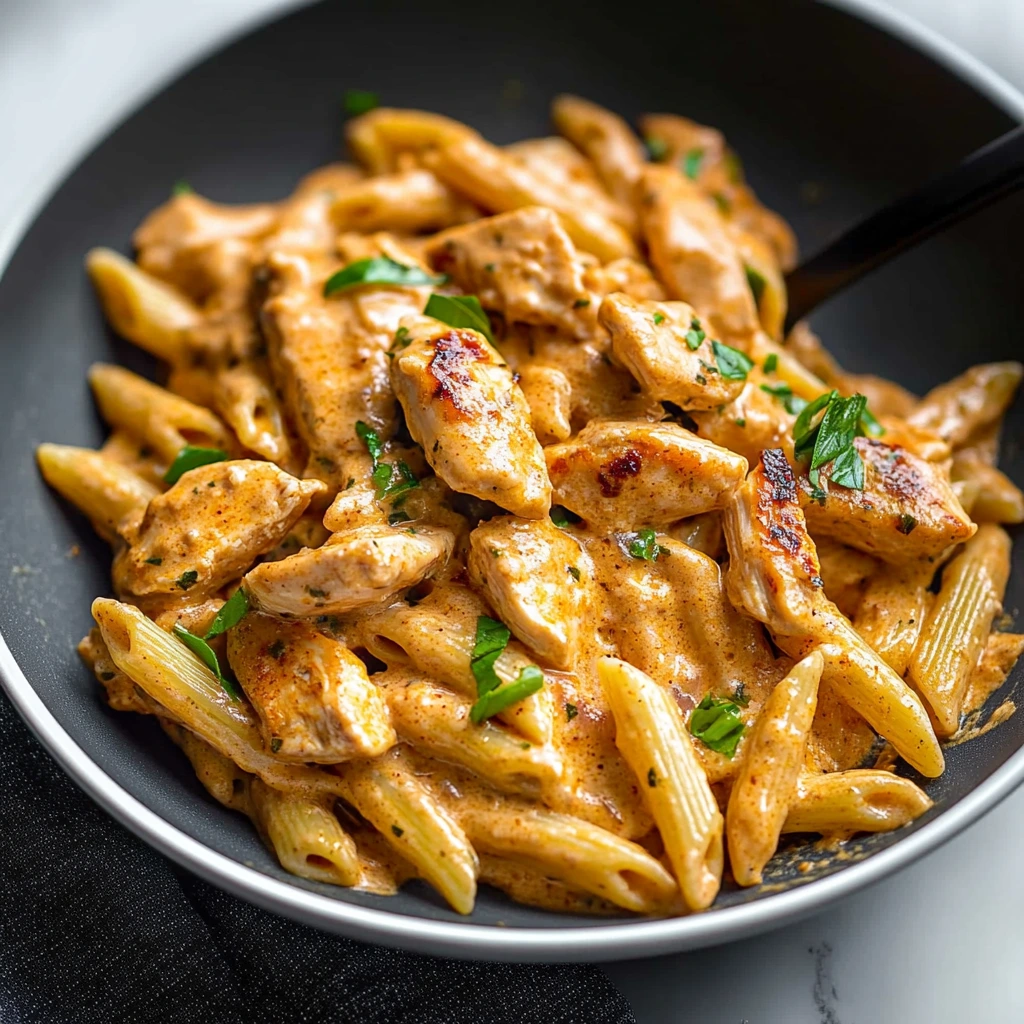Pecan sandies are a beloved classic in the world of cookies—simple, buttery, and packed with the rich, nutty flavor of pecans. With their crumbly texture and lightly sweet taste, they strike a perfect balance between indulgent and comforting. These cookies are often associated with holiday baking, Southern kitchens, and nostalgic homemade treats, but their appeal stretches far beyond special occasions.
Whether served with coffee in the morning, placed on a festive dessert tray, or enjoyed as an after-dinner bite, pecan sandies have a timeless charm. Their short ingredient list and straightforward preparation make them a favorite for beginner and experienced bakers alike. In this article, we’ll explore what makes pecan sandies unique, their interesting background, and how you can make them perfectly at home.
What are pecan sandies?
Pecan sandies are crumbly, buttery cookies that include finely chopped or ground pecans in the dough. Their texture is similar to shortbread—dense, yet delicate—and they get their name from the “sandy” texture that results from the dry dough and absence of eggs. The cookies are usually round, pale golden, and often finished with a light dusting of sugar.
While pecan sandies are sometimes confused with other types of nut cookies, their signature quality is that melt-in-your-mouth texture, achieved by the combination of butter, sugar, flour, and pecans. The pecans aren’t just a garnish—they’re mixed into the dough, giving each bite a nutty richness.
These cookies are popular during holidays like Christmas and Thanksgiving but are just as enjoyable year-round. Commercially, brands like Keebler helped bring pecan sandies into mainstream grocery stores, but many people now prefer the taste and customization of homemade versions.
Versatile and crowd-pleasing, pecan sandies are a staple in many households for a reason—they’re simple, nostalgic, and endlessly satisfying.
A brief history of pecan sandies
The origins of pecan sandies trace back to the broader category of shortbread cookies, which date to 12th-century Scotland. While traditional shortbread was made from just three ingredients—flour, butter, and sugar—American adaptations added local ingredients like nuts to enrich the flavor and texture. In the southern United States, pecans were the natural choice.
Pecans are native to North America and have long been a staple in Southern cooking. It’s no surprise that they found their way into cookie recipes, particularly in the form of “sandies,” named for their crumbly, sandy texture. Over time, these pecan-enhanced shortbread cookies became known simply as pecan sandies.
In the mid-to-late 20th century, commercial brands like Keebler popularized packaged pecan sandies, giving them a place on supermarket shelves across the country. The mass-produced versions sparked nostalgia for many, but also inspired home bakers to try their own, fresher takes on the classic.
Today, pecan sandies remain a cross-generational favorite—both as a packaged treat and a homemade delicacy—rooted in Southern tradition but enjoyed nationwide.
Key ingredients and their roles
The charm of pecan sandies lies in their simplicity. Each ingredient plays a crucial role in the cookie’s texture and flavor, making it important to use high-quality components for the best results.
Flour
All-purpose flour forms the structural base of the cookie. Its protein content gives the dough just enough strength to hold together while still producing a tender crumb.
Butter
Butter is the star of the show, providing richness and that melt-in-your-mouth quality. Using unsalted butter allows for better control over the salt content, and high-fat European-style butter can enhance flavor even more.
Sugar
Most recipes use powdered sugar or granulated sugar. Powdered sugar yields a finer, more delicate texture, while granulated sugar offers a bit more crunch. Some variations use a mix of both for balance.
Pecans
Toasted and finely chopped pecans are key to the flavor profile. Toasting them first brings out their natural oils and intensifies their nuttiness. Some bakers prefer to grind them into a coarse meal for even distribution.
Vanilla extract
Vanilla complements the richness of the butter and the nuttiness of the pecans. A pure vanilla extract is recommended over imitation for depth of flavor.
Salt
A small pinch of salt enhances all the other flavors and prevents the cookies from tasting flat or overly sweet.
Optional add-ins
Some recipes include a hint of cinnamon, almond extract, or even brown sugar for a richer, spiced variation. Others incorporate chopped chocolate or a powdered sugar coating for extra indulgence.
When these ingredients are mixed with care and baked to golden perfection, the result is a cookie that’s both rustic and refined—classic pecan sandies at their best.


